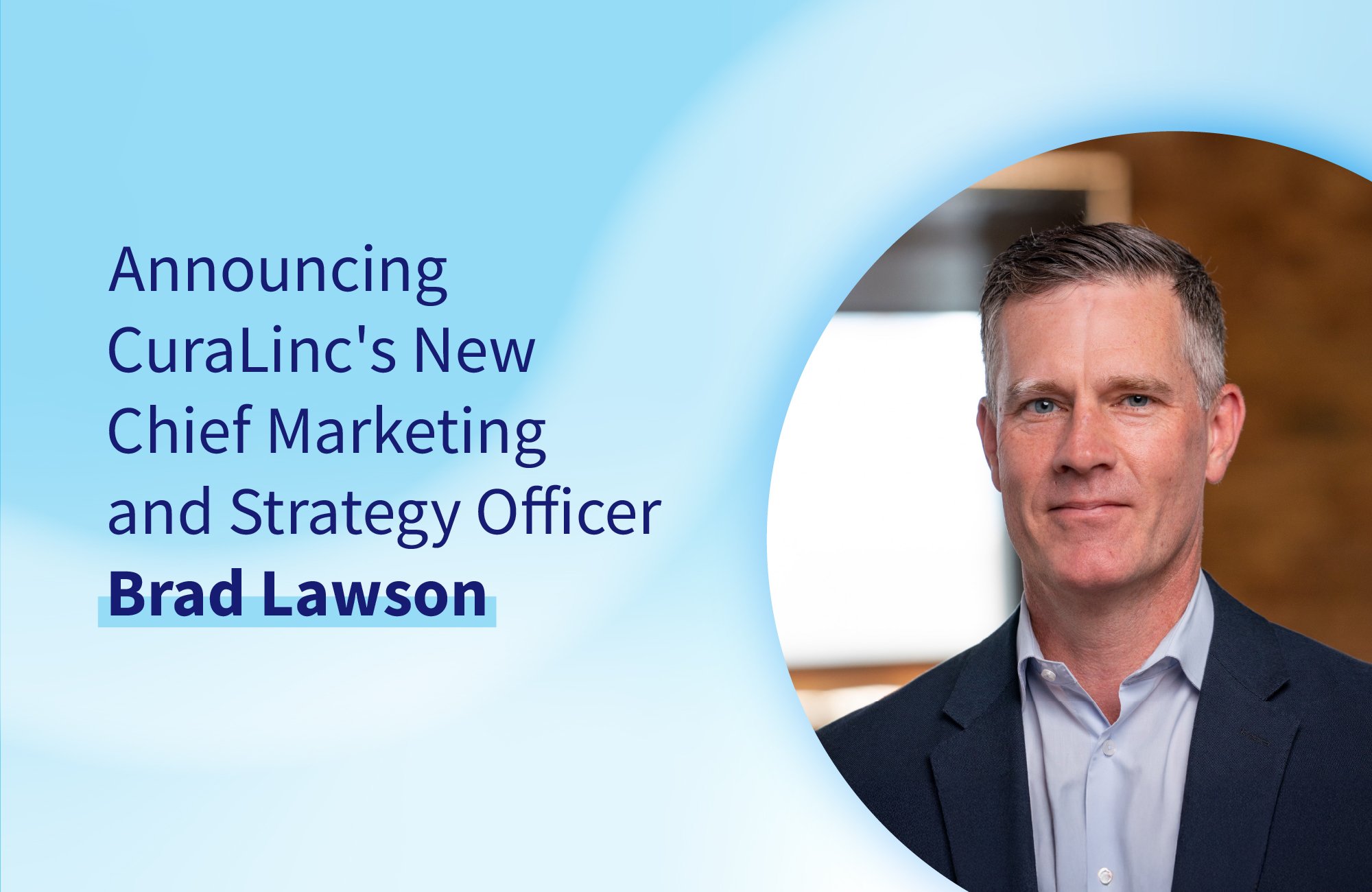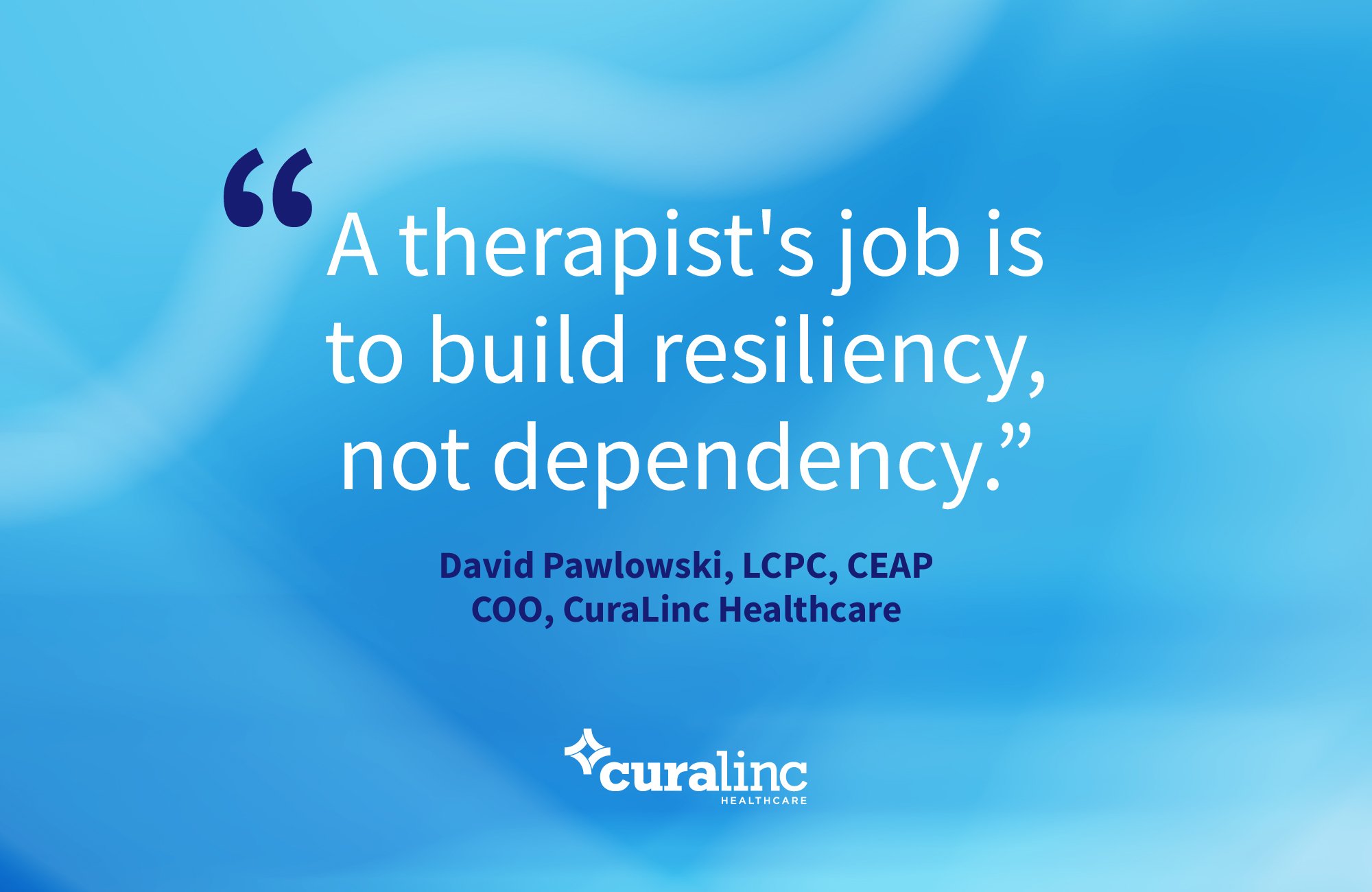While the number of U.S. adults seeking mental health treatment is almost twice as high as it was two decades ago, and employers are investing in employee mental health more than ever before, we can’t take our foot off the gas. One-third of U.S. workers surveyed by The Conference Board believe their mental health is in decline. Of those, nearly 70 percent also reported lower engagement at work. Countless more studies have shown that employee engagement drives workforce outcomes – impacting productivity, performance and even revenue growth.
Unfortunately, 38 percent of employees surveyed stated they don’t feel comfortable speaking to their manager about their mental health. Many expressed concerns about job loss, judgment and the impact on relationships with their colleagues should anyone learn about their struggles.
Positive, consistent communication makes a difference
Due to the stigma that still exists around mental illness, it’s not enough for employers to just add mental health offerings to their list of benefits. Employees need to know what resources are available to them, and they must be reminded of how to access them on a regular basis – not just during open enrollment.
While communication about benefits should be positive, consistent and easily accessible, employees can also benefit from seeing support for mental health from the top down. That means everyone from executives to managers should be well-versed in offerings, comfortable discussing how to access care and prepared to support a company culture that prioritizes mental health.
Consider what employees have to say
40% of employees say they wish their employers would discuss mental health in the workplace*
81% of individuals say they will be looking for workplaces that support mental health when they seek future job opportunities**
92% of workers want to be employed by an organization that values their emotional and psychological wellbeing**
9 tips to promote mental health and wellbeing benefits in the workplace
Educate company leaders and supervisors
It’s important for employees to see that mental health is a priority for the company – and that starts from the top down. Leaders at all levels should receive training on mental health benefits and resources, and how to recognize signs of mental distress. Mental health first aid training led by your mental health benefits provider can help leaders learn how to better support employees. In these sessions, they can learn more about available mental health benefits, how to access them and how to speak to employees about mental health without fear or judgment.
Mobilize mental health champions and employee resource groups
Empowering mental health champions within your organization and collaborating with Employee Resource Groups (ERGs) can be a dynamic strategy for fostering a workplace culture that values mental wellbeing. These champions, drawn from diverse backgrounds, can spearhead awareness campaigns, encourage open conversations and provide peer support. Simultaneously, ERGs, with their established networks and influence, can amplify the message and initiatives, ensuring that mental health remains a top priority for all employees. This collaborative approach not only reduces stigma, but also promotes inclusivity and support for mental health across the organization.
Discuss mental health benefits during employee onboarding and open enrollment
Consider the diverse preferences in how information is consumed during these important times. Instead of solely distributing a benefits booklet or sending a PDF attachment, take the time to call out specific mental health benefits and how they can be accessed during orientation or onboarding. Utilize engaging video content or web seminars to enhance information retention and supplement with documentation they can keep and refer to on their own, as needed.
Establish integration and cross-referrals from other benefits
Create pathways for external programs to identify and refer employees to your mental health benefits. With the proper training, coaches, nurses or other professionals supporting employees through other benefits, such as the company's wellness programs, chronic condition management programs or onsite clinic, can act as a referral avenue into the program. Establish single sign-on (SSO) connections from your company intranet and third-party portals to create a more seamless experience.
Leverage traditional and digital channels to regularly communicate mental health benefits
Work with your internal communications and HR teams, as well as your benefits providers, to promote the use of mental health services in both the physical work environment and through existing digital channels. Not all employees have easy access to a computer or the internet, and employees who do not work on a computer throughout the day may not regularly check their email. Make sure you have a plan to meet employees where they are. You might consider posters or digital displays in break rooms, kiosks or other designated areas, or mailers that can be sent to their homes. You can also provide their leaders with talking points to share in team meetings. Consider leveraging internal communication avenues, such as newsletters, Slack, the benefits admin platform or your company intranet to keep the message top-of-mind.
Consider your audience
Effective communication about mental health benefits should consider the diverse preferences and needs of your audience, accounting for generational differences, perception of stigma and varying learning styles. Older generations may grapple with the prevalence of stigma surrounding mental health and substance use, making it crucial to address these issues with sensitivity and education. In contrast, younger generations may be more open to discussing their mental health but might require clear and accessible information about the resources available to them. Recognizing neurodiversity and diverse learning styles is also essential, as some employees may prefer video-based content, while others may find textual information more effective. To ensure inclusivity and equity, it’s also important to provide communications in the various languages spoken by your employees. Work with your mental health benefits provider to access these materials and verify they have translation assistance available for employees who need it.
Be strategic and plan ahead
Think strategically and take advantage of timeframes like health awareness months, benefit fairs and open enrollment. These are all times you can plan to promote various mental health benefits in a natural and effective way. You can consider everything from email communications and posters to lunch and learns and webinars. You can also ask your vendors for supporting information or materials to use.
Involve company leaders in mental health benefits promotion
As you plan for events, find creative ways to get leaders involved. They may have their own story to share. Consider inviting them to participate in virtual or in-person events to say a few words about the value of mental health access and encourage employees to access them at any time. Their involvement can help set a standard and reduce stigma.
Take advantage of employee engagement and pulse surveys
Surveys are a great way to remind employees that mental health and wellbeing are a priority for your company. Asking employees for feedback about new initiatives, what they find helpful or what they would like to see in the future can help keep them engaged in – and aware of – your benefit offerings.
Promoting mental health benefits helps everyone
Actively promoting your company’s mental health and wellbeing benefits year-round can increase engagement and ultimately lead to a happier, more productive workforce.
*Pew Research Center
**American Psychological Association




